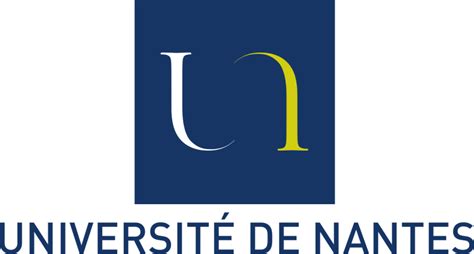Back and front contacts in kesterite solar cells: state-of-the-art and open questions
Résumé
We review the present state-of-the-art within back and front contacts in kesterite thin film solar cells, as well as the current challenges. At the back contact, molybdenum (Mo) is generally used, and thick Mo(S, Se)$_2$ films of up to several hundred nanometers are seen in record devices, in particular for selenium-rich kesterite. The electrical properties of Mo(S, Se)$_2$ can vary strongly depending on orientation and indiffusion of elements from the device stack, and there are indications that the back contact properties are less ideal in the sulfide as compared to the selenide case. However, the electronic interface structure of this contact is generally not well-studied and thus poorly understood, and more measurements are needed for a conclusive statement. Transparent back contacts is a relatively new topic attracting attention as crucial component in bifacial and multijunction solar cells. Front illuminated efficiencies of up to 6% have so far been achieved by adding interlayers that are not always fully transparent. For the front contact, a favorable energy level alignment at the kesterite/CdS interface can be confirmed for kesterite absorbers with an intermediate [S]/([S]+[Se]) composition. This agrees with the fact that kesterite absorbers of this composition reach highest efficiencies when CdS buffer layers are employed, while alternative buffer materials with larger band gap, such as Cd$_{1−x}$Zn$_x$S or Z$_{1−x}$Sn$_x$O$_y$, result in higher efficiencies than devices with CdS buffers when sulfur-rich kesterite absorbers are used. Etching of the kesterite absorber surface, and annealing in air or inert atmosphere before or after buffer layer deposition, has shown strong impact on device performance. Heterojunction annealing to promote interdiffusion was used for the highest performing sulfide kesterite device and air-annealing was reported important for selenium-rich record solar cells.


